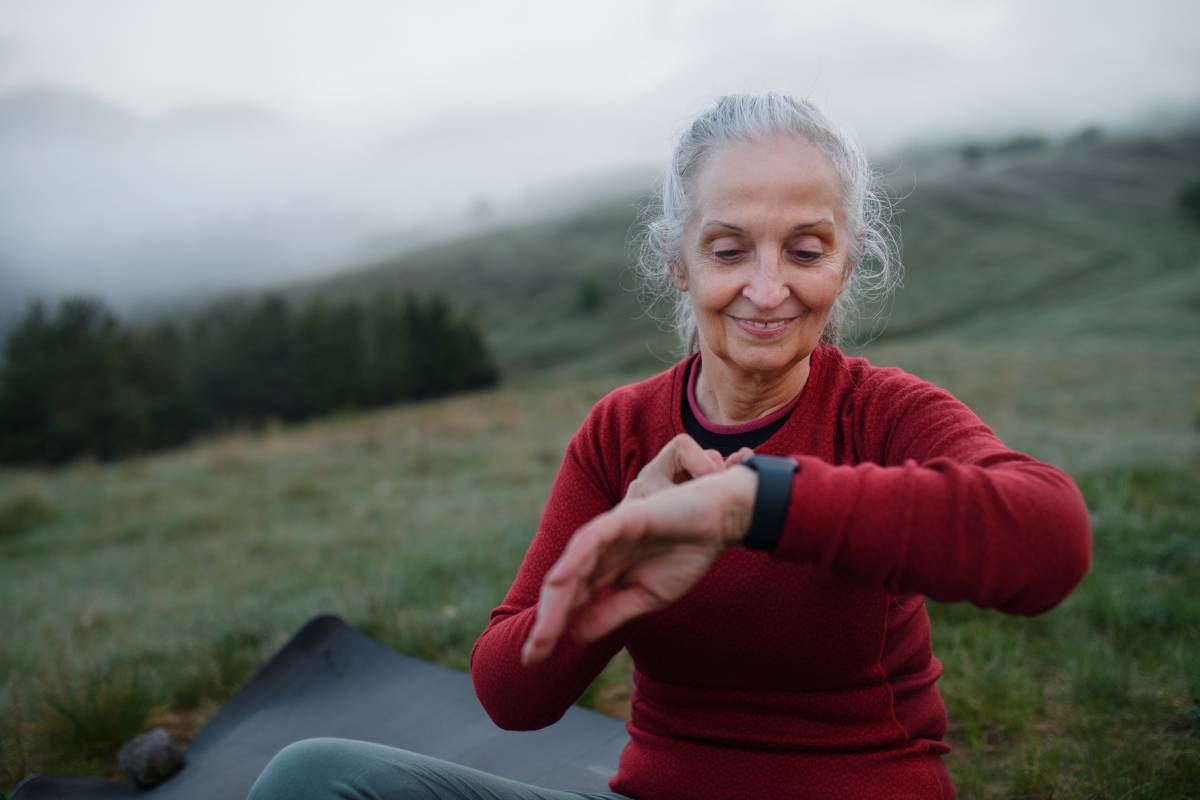Boost physical activities and curb sitting time to lower breast cancer risk, says BJSM paper
Members of an international research team have said they identified ‘strong evidence’ that spending more time being physically active and less time sitting time could help to reduce women’s risk of developing breast cancer risk.
More than 140 researchers from a range of professional backgrounds make the claim in a paper appearing online in the British Journal of Sports Medicine. The paper’s first author is Suzanne C Dixon-Suen, from the Cancer Epidemiology Division at the Cancer Council in Victoria, Melbourne, Australia.
Dr Dixon-Suen and her colleagues conducted a Mendelian randomisation study, a technique that uses genetic variants as proxies for a particular risk factor – in this case lifelong physical activity levels/sedentary behaviour – to obtain genetic evidence in support of a causal relationship. The team says the findings were generally consistent across all types and stages of the disease, prompting them to call for a stronger focus on exercise as a way of warding off breast cancer.

Breast Cancer Association Consortium data
The researchers suggest there are plausible biological explanations for their findings – pointing to a reasonable body of evidence indicating numerous causal pathways between physical activity and breast cancer risk, such as overweight/obesity, disordered metabolism, sex hormones, and inflammation.
‘Mechanisms linking sedentary time and cancer are likely to at least partially overlap with those underpinning the physical activity relationship,’ the authors note. ‘Increasing physical activity and reducing sedentary time are already recommended for cancer prevention. Our study adds further evidence that such behavioural changes are likely to lower the incidence of future breast cancer rates.'
Dr Dixon-Suen and her colleagues add: ‘A stronger cancer-control focus on physical activity and sedentary time as modifiable cancer risk factors is warranted, given the heavy burden of disease attributed to the most common cancer in women.’
They examined data from 130,957 women of European ancestry: 69,838 of whom had tumours that had spread locally (invasive); 6,667 had tumours that hadn’t yet done so (in situ); and a comparison group of 54,452 women who didn’t have breast cancer. The women had participated in 76 studies conducted under the aegis of the Breast Cancer Association Consortium, a forum of investigators interested in the inherited risk of breast cancer.
Increasing physical activity and reducing sedentary time are already recommended for cancer prevention. Our study adds further evidence that such behavioural changes are likely to lower the incidence of future breast cancer rates [Suzanne C Dixon-Suen et al.]
The researchers then drew on previously published studies that had used the vast repository of UK Biobank data on potential genetic explanations for overall predisposition to physical activity, vigorous physical activity, or sitting time – as measured by wrist-worn activity trackers – to genetically predict how physically active or inactive their own study participants were.
Next, they estimated overall breast cancer risk, according to whether the women had or hadn’t gone through the menopause; and by cancer type (positive for oestrogen or progesterone, or HER-2, or positive/negative for all three hormones), stage (size and extent of tumour spread), and grade (degree of tumour cell abnormality).
Consistent findings
Data analysis showed that a higher overall level of genetically predicted physical activity was associated with a 41 per cent lower risk of invasive breast cancer, and this was largely irrespective of menopausal status, tumour type, stage, or grade.
Similarly, genetically predicted vigorous physical activity on three or more days of the week was associated with a 38 per cent lower risk of breast cancer, compared with no self-reported vigorous activity. The findings were consistent across most of the case groups. A greater level of genetically predicted sitting time was associated with a 104 per cent higher risk of triple negative breast cancer.
The researchers say the findings were also consistent across hormone-negative tumour types and were unchanged after factoring in the production by a single gene of two or more apparently unrelated effects (pleiotropy), such as smoking and being overweight.
To read the full version of the paper, titled Physical activity, sedentary time and breast cancer risk: a Mendelian randomisation study, visit: http://press.psprings.co.uk/bjsm/september/bjsm105132.pdf
Author: Ian A McMillanShare it with














